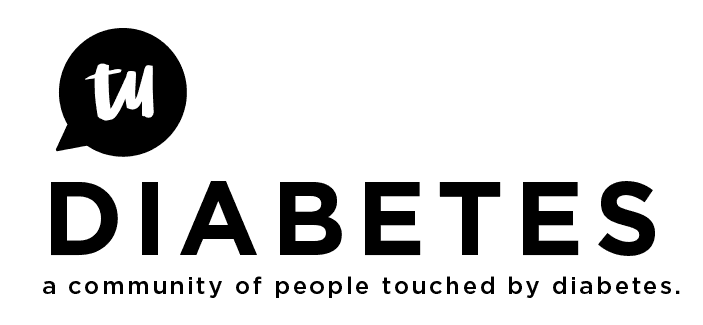I wouldn’t touch 70/30. I’ve never used it, but I have used R and NPH and 70/30 would be even less flexible. The only way I’d use it is if there was nothing else left and it were that or death, but I think it would be nearly impossible to get any type of control with it.
I used R for the first eight or so years of diabetes before it was replaced with Humalog, and used NPH for the first 15 years of diabetes before switching to Lantus. So, I was on a non-MDI, NPH-based regimen for the the majority of my 24 years of diabetes (even though it doesn’t seem like it!). I was diagnosed when home blood glucose testing was available, although my prescription was only for 100 strips a month, which is much less than today’s half dozen or dozen tests a day and CGMs.
R and NPH used to be given as two shots a day, a mixture of R and NPH in the morning and R and NPH again before dinner. The R would cover breakfast, the NPH peak would cover lunch, the R again would cover dinner, and the NPH would peak in the middle of the night, which meant that you had to eat a bedtime snack consisting of carbohydrates and protein to prevent a low. With R and NPH, you also had to eat morning and afternoon snacks because of the long tails. Also, R had to be bolused half an hour to an hour ahead of eating. And with all of these insulins you had to eat exactly on time—being even half an hour late would result in really low blood sugar because of the peaks and tails. NPH is not really a basal insulin, it’s just regular insulin that has a substance added that greatly slows down its absorption, so it has a large peak. Also, when mixing R and NPH in the same syringe the R had to be measured in first and then the NPH, otherwise you’d get some of that slowing-down substance in the R insulin and it would affect its action (or at least that was my understanding).
But, if I were using R and NPH today, off the top of my head I think I would use R to cover three meals, make sure I always had food available for snacks in between, and then take NPH before bed to cover overnight and the dawn phenomenon. R has a tail of six to eight hours, so it would easily last between meals, and NPH has a tail of about 12 hours, so it would last overnight, probably with a snack before bed to prevent lows. I think trying to use NPH during the day would just result in a lot of lows—and NPH lows are nasty—I haven’t had anything close to those hours-long, semi-conscious, requiring-assistance lows since being on MDI or a pump. It would also remove trying to guess at which insulin you had to adjust up or down for highs or lows.
I think that any of this would be very hard to do without any form of glucose monitoring at all. Even before people had access to glucose meters, they still measured their urine glucose and ketones. If I were using this type of regimen, assuming no access to test strips, I’d definitely want some urine ketone and glucose strips so I could at least get an idea of those levels.

